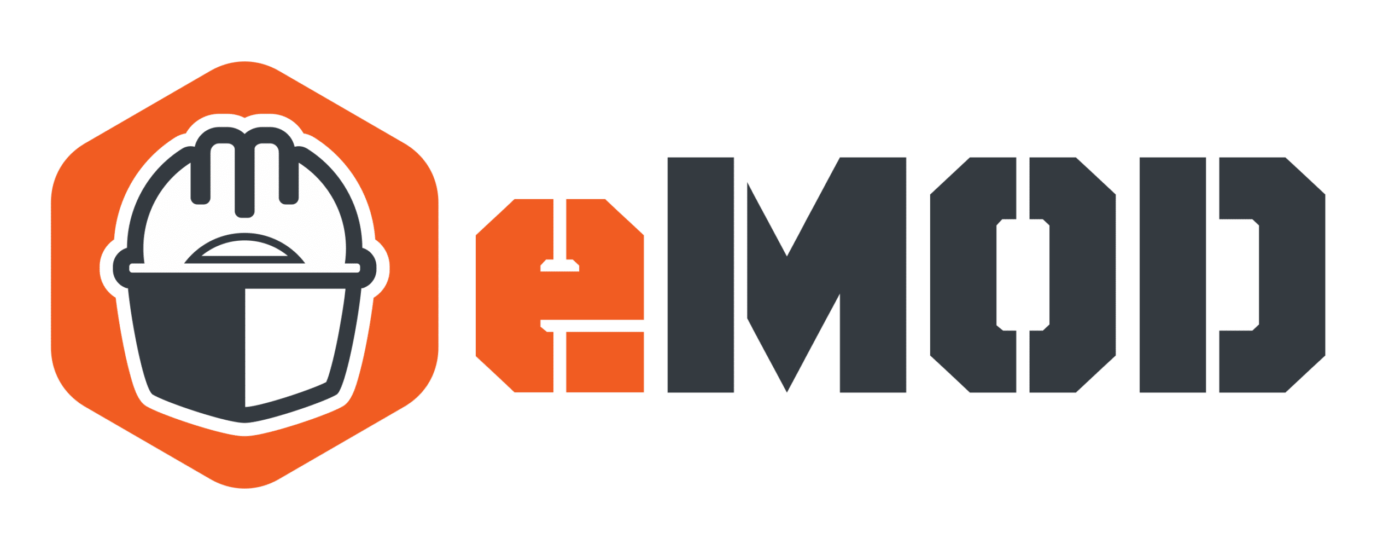
By Hannah Aguilar-Mota
Years before he ever set foot on a construction job site, John Catechi learned about safety by surfing the northern California coast. As it turns out, the 51-year-old thinks that many of the safety lessons he’s learned in 30 years of surfing apply now to his work as a Dome Construction assistant superintendent.
“They both take the same safety mentality,” he said. “Before I even got into construction trades, I had a mentality of being safety conscious because surfing is a very serious endeavor, you know, especially with waves of consequence.”
Before he surfs, John often spends a few minutes with a snorkel and mask surveying possible hazards lurking under the water — something many don’t consider. Similarly, he says, the key to being safe in construction is preparation. “There are so many things you can do before a single person sets foot on that site,“ he said.
The father of two and grandfather of two has earned this month’s eMOD Construction Safety Hero Award because of his awareness and preparedness on the construction job site. “John never fails to go above and beyond to get the job done the right way,” said Chris Reynoso, a safety officer at Dome Construction. “He lives and breathes the Dome core values and has leadership written all over him — even in the face of adversity.”
We recently talked with John about his views on construction safety today — including how surfing has shaped them.
You mentioned you love surfing — is there any connection between being safe in the water and on the construction site?
Yes, they both take the same safety mentality. Before I even got into the construction trades, I always had that mentality of being safety conscious because surfing is a very serious endeavor, you know, especially with waves of consequence.
And so there is always a lot of planning, a lot of thought that goes into surfing.
So tell me a little more about that. What are a few tangible things that a safe surfer does that maybe others don’t?
It’s all about mitigating risk. Don’t be out there alone. Have a safety net — have people watching you. Know the conditions. I may go out and investigate with a snorkel and a mask and see what’s underneath me. Just pay attention to every nuance and detail. Because I pay attention to the currents, the tides, all those factors. There are a lot of things to account for.
And construction is exactly the same thing. Weather conditions. It’s raining. It’s wet. It’s windy. So many of these things can lead to catastrophic accidents if you’re not paying attention.
So what does being safe mean to you in your day-to-day work?
Everyone goes home safe. Zero accidents. I don’t want to have anyone injured, because their ability to provide income and support for their family is paramount to me. So, everyone needs to go home safely — that is my number one goal every single day.
Has safety improved since you started in the industry?
In the 25 years I’ve been in the industry, there’s been a big shift towards communication and transparency. People feel comfortable talking about safety and bringing up issues — where in the past you were considered weak. In the past, if you talked or wanted to talk about these things, someone might say, “Hey, just get in there and do the work. What are you worried about?”
I started in high-rise construction — when safety was a lower priority. The accidents and things that I’ve seen have shaped me. That was a turning point in my career.
Can you give me an example of an accident that, as you said, ‘shaped’ you?
A lot of times we’d be building and cranes would be flying low over people all day long. And I’ve seen stuff drop right next to people — really dangerous stuff. I’ve seen people not tied off correctly — and a lot of falls. Catastrophic injuries from falls happen because of lack of equipment and knowledge.
How did seeing some of those catastrophic injuries affect you?
Like I said, it changed me. When I became a foreman and had the authority to enforce safety rules and regulations, I made a promise to myself to make a change for the positive. That really shapes the way I ran things in my own company when I was a general contractor. And when I eventually got to Dome, they were in alignment with my core values on safety.
What do you think are some of the bigger safety challenges that still exist today?
I think the schedules that are put in front of us often create an unsafe environment — and that’s when things like trade stacking take place. You get a lot of people working in close quarters, which really creates a challenging situation.
Sometimes — and I’ve done this many times — you just have to stand up and say, “Hey, we need to stop work.” We have to reevaluate things to be more aware of trade stacking and putting people in close quarters. And now with COVID, we have to make sure we have ventilated areas and air movement going through the job. There’s just a lot of planning and eMOD has really helped tremendously in that way.
So, how do you balance the safety of your crew with the pressure to keep projects on schedule and on budget?
That’s where Dome is so unique. I can call my safety department at anytime and I know everyone has my back. If I need to tell the client that we’re not going to meet this deadline because it’s unsafe to work in that manner, I have the authority to do so.
We never sacrifice safety for schedule.
How do you explain the importance of safety to those just starting in construction?
That’s where storytelling is one of the keys, so that the risks and hazards sink in. Accidents happen very commonly and when I mentor younger people, I tell them never to be complacent, even with the most mundane tasks. Even something that seems super simple, there’s still danger lurking everywhere, whether it’s people working above you, below you, or all around you.
How much of being safe in construction is proactive versus reactive in the moment?
It has to be proactive from the moment you start a job in the pre-construction phase. From day one, you’re already planning the workflow and anticipating all the potential hazards. Be aware of the underground power lines. Test all your building materials. Do the soil analysis and compaction studies. There are so many things you can do before a single person sets foot on that site. That is the best way to ensure you have no accidents and you have a safe environment for people to work in.
What does it mean to be named a ‘safety hero?’
I like it! I like to lead by example — and to be held accountable for my actions. Being a ‘safety hero’ is a huge deal. It shows how serious I am about safety. The people who know me — all the subcontractors and people I’ve been working with for decades — they know when they set foot on my job that I mean business when it comes to safety. And I think people feel comfortable coming to me and talking about safety. That’s key to creating a safe job site — having that open communication with everybody, and everyone feels comfortable to bring up anything small or big. The whole spectrum.
What is your favorite part of your job?
The camaraderie and working as a team to build something. To create something. To take something that was not existing and to build a structure. And to see the finished product come together — and the gratification that it was done as a team.
Thanks John — and congratulations!
What is the eMOD Safety Hero Award?
Once a month, eMOD highlights someone working in the commercial construction industry who practices their craft with a safety-first approach. We recognize heroes who put safety ahead of productivity, who take action today to make our work safer tomorrow, who do the right thing rather than the most convenient. They promote accountability among team members, champion the latest safety practices, and encourage transparency about hazardous situations as they arise.

